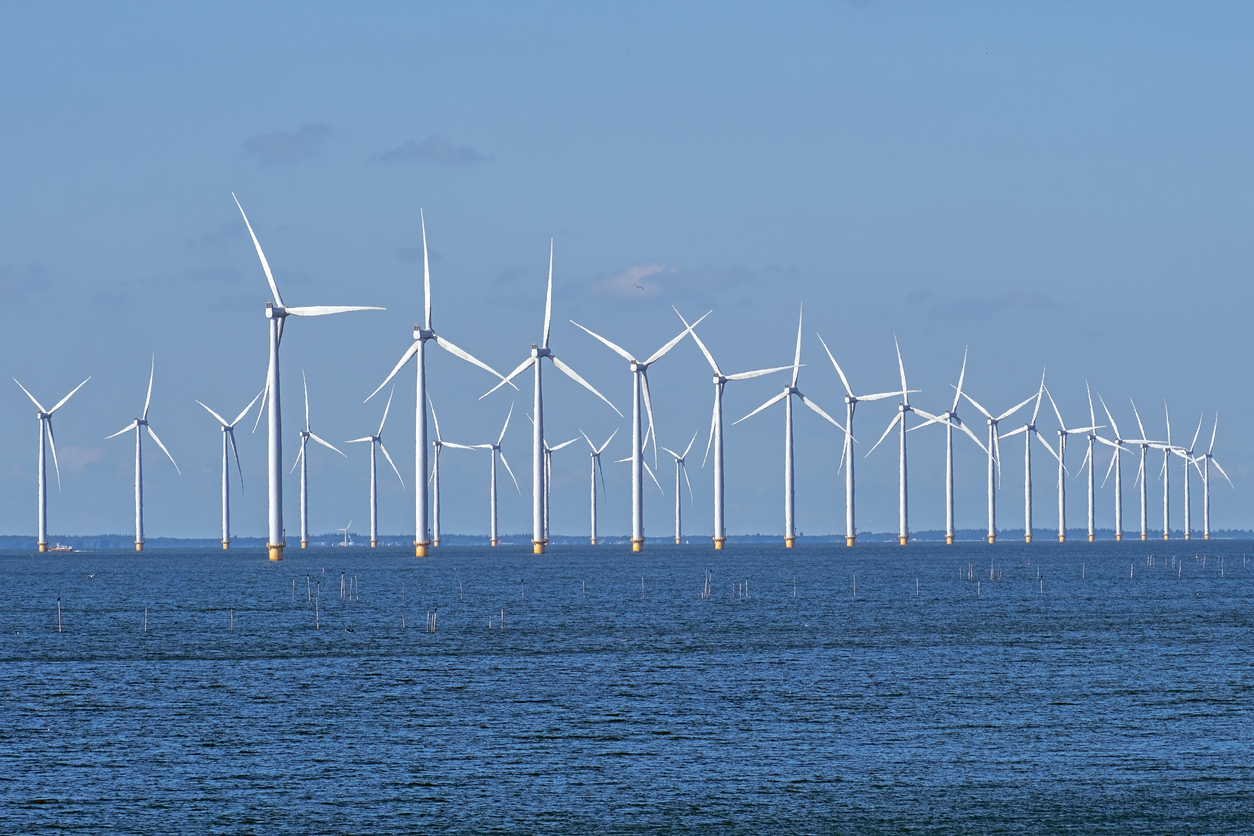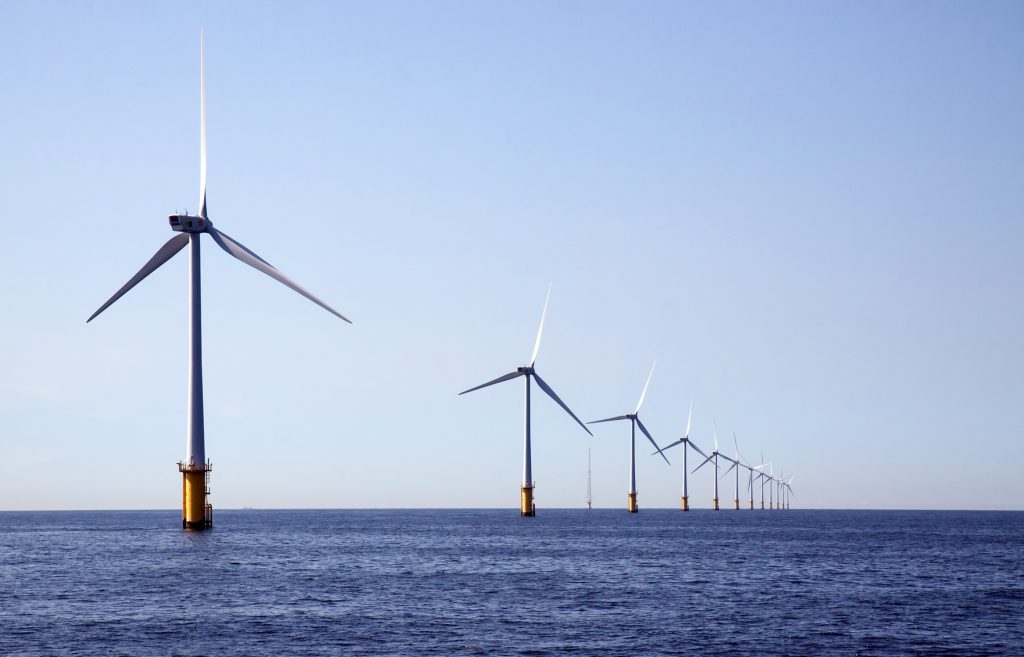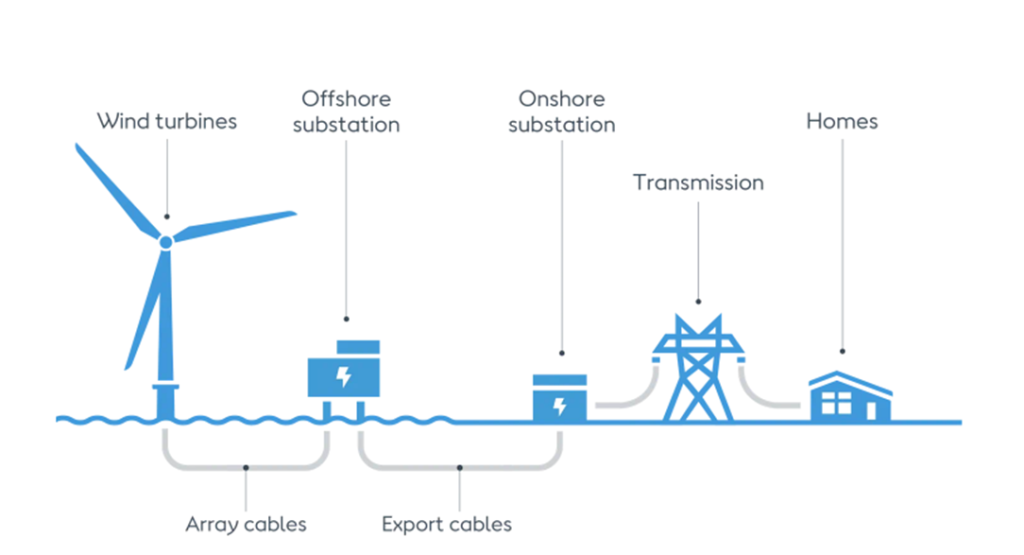One of the concepts that has been bandied about lately is the 'blue economy' of the seas and oceans. These vast expanses of water are important for many economic activities, including navigation, fishing, organic farming, entertainment and renewable energy sources. The Black Sea represents an opportunity for Romania to increase the amount of "green" energy, meet climate targets and ensure the country's consumption needs.
How does an offshore wind turbine work?
Electricity can be generated by rotating magnets inside a coil of conducting wire. In a power plant, conventional fuels (natural gas, oil, etc.) are used to heat water, which produces high-pressure steam capable of driving a turbine and then an electric generator. In the case of wind turbines, the clean, renewable power of the wind is used to turn the turbine.
Inside the wind turbine
To capture wind energy, the three blades are placed at the right angle, facing into the wind, and the movement of the air causes them to rotate. They are connected to a hub and form the rotor.
Inside the nacelle - the fixed part of the turbine - the rotation of the blades is transmitted through the shaft and drives the magnets inside a coil of wire. This generates an alternating current.
Specifics of offshore wind turbines
Although offshore turbines are built on the same principles as onshore turbines, there are differences in the way the foundation is built.
It should also be noted that in deep waters (>60 m), floating wind turbines are used. Floating turbines have stronger wind access, which leads to higher potential energy production. In addition, installing floating turbines further from shore reduces visual impacts and mitigates potential conflicts with other marine activities.
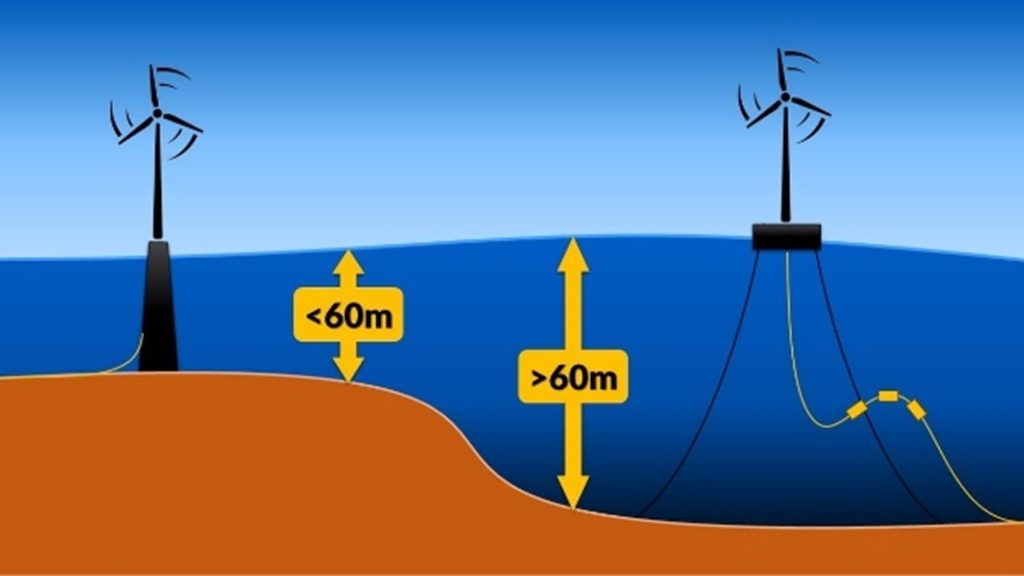
Offshore turbines need to be more robust and able to cope with higher wind speeds and high salinity environments. Experience from the oil and gas sector is proving useful for this, by adapting certain technologies.
Distances make maintenance difficult, which is why offshore turbines are equipped with monitoring systems that can signal the occurrence of unwanted events.
For maintenance, offshore wind turbines must have facilities to allow support vessels to dock and transfer personnel. Maintenance personnel can also be transported by helicopter. Regardless of how crews travel, offshore wind turbines need a base on land. Particularly where wind farms are located far from shore, oil and gas-like platforms are used, which can accommodate maintenance staff.
Link to dry land
Turbines transmit power through cables on the seabed to an offshore station. From here, the voltage is increased and the current is sent ashore via high-voltage cables. A higher voltage means less energy is lost in transmission.
On land, another station readjusts the voltage so that electricity can be fed into the grid and distributed through power lines to economic units and domestic consumers.
What happens to wind farms at end of life?
When a wind farm finally reaches the end of its originally proposed lifetime, there are several possibilities:
-
- Decommissioning, turbine removal and component recycling. Today, 85-95% of turbine types can be recycled.
- Extending the lifespanby repairing and maintaining existing turbines
- Feedback (repowering) by replacing old turbine models with new, modern and efficient ones.

